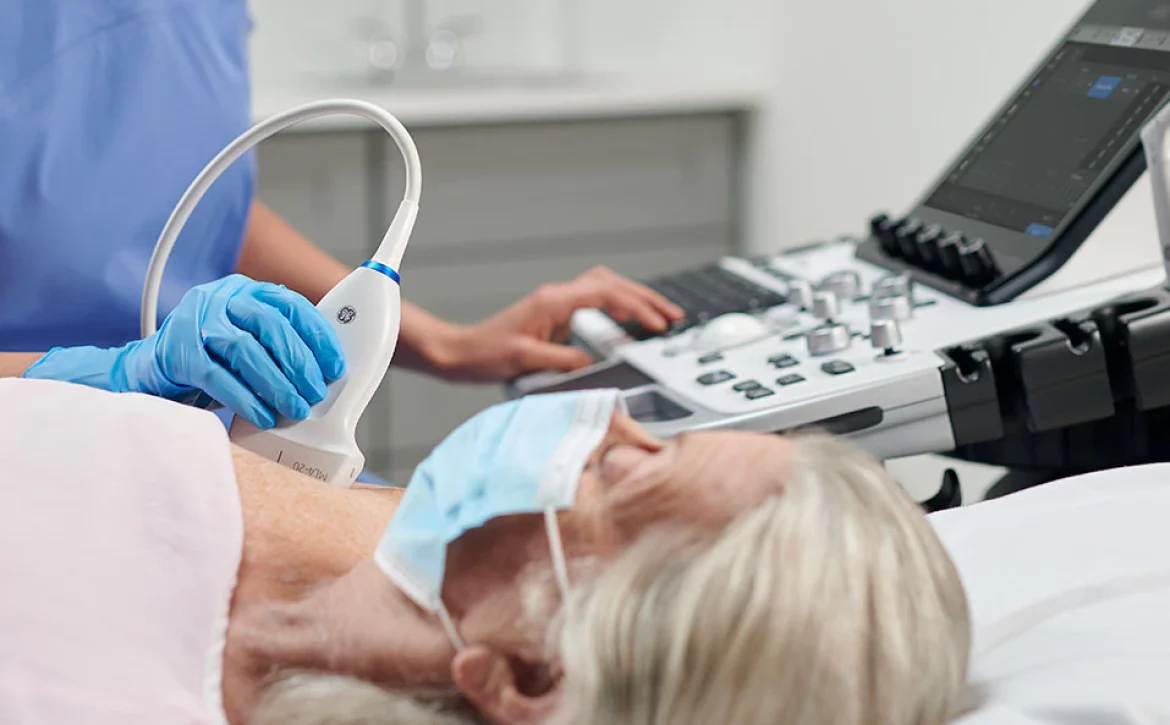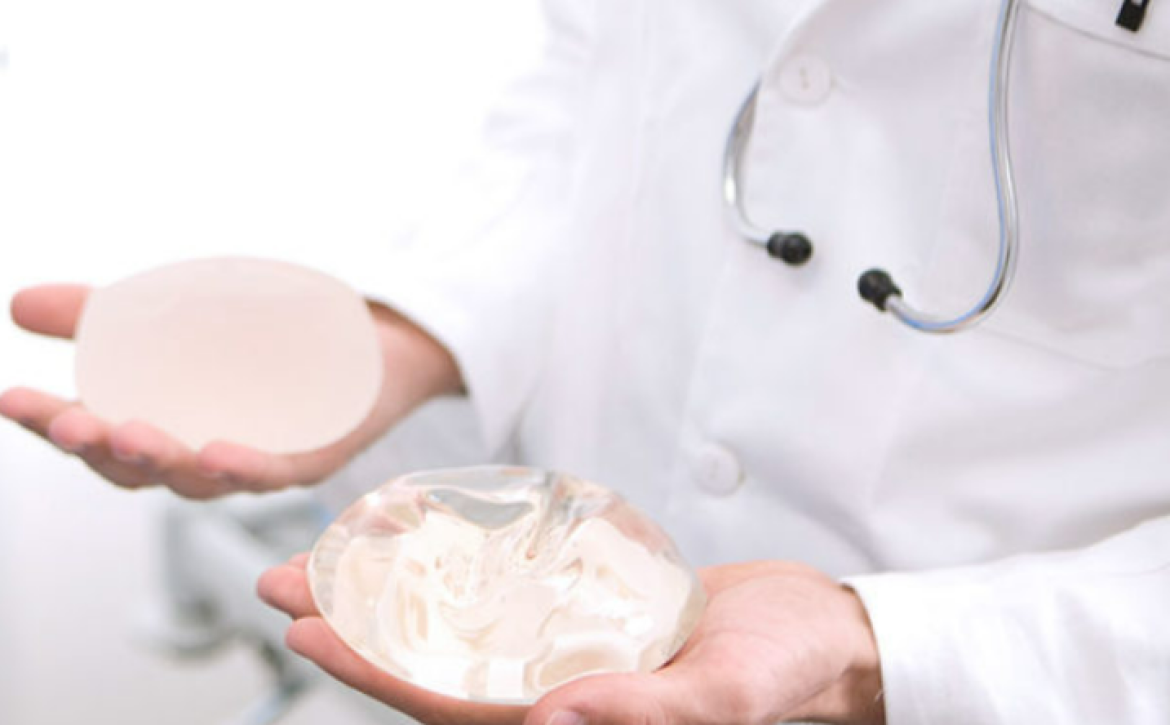5 Common Questions About Breast Ultrasound Scans, Answered
Breast ultrasound scans are an essential diagnostic tool used to detect and diagnose various breast conditions. As a non-invasive and painless procedure, many individuals have questions and concerns regarding this key aspect of breast healthcare. In this article, we will answer five common questions about breast ultrasound scans to provide you with a clear understanding of what to expect during your next appointment.
- What is a breast ultrasound scan and why is it performed?
A breast ultrasound scan is a medical imaging technique that utilizes sound waves to produce detailed images of the breast tissue. It is commonly used alongside mammography to analyze breast abnormalities discovered during a routine screening or physical examination. Unlike mammography, which utilizes X-ray technology, ultrasound does not emit radiation, making it safe for pregnant women or individuals with radiation sensitivities.
Breast ultrasound scans are performed for various reasons. They help evaluate breast lumps or masses, determine if a lump is solid or fluid-filled, guide needle biopsies or cyst aspirations, aid in the diagnosis of breast cancer, and monitor breast health for individuals with dense breast tissue or a personal history of breast cancer.
- How is a breast ultrasound scan conducted?
During a breast ultrasound scan, a healthcare professional, typically a radiologist or a sonographer, will guide a small handheld device called a transducer over the breast area. This transducer emits high-frequency sound waves that bounce off breast tissues, creating echoes picked up by the device. These echoes are then transformed into real-time images displayed on a monitor.
The patient will lie comfortably on an examination table while the technician moves the transducer across different areas of the breast. The procedure is painless, and the results are instant. In some cases, a special gel may be applied to the breast to ensure optimal contact between the transducer and the skin, enhancing the quality of the images obtained.
- What should I expect during a breast ultrasound scan?
Before the procedure, you will be asked to undress from the waist up and wear a medical gown. It is advisable to avoid introducing any powders, lotions, or deodorants to the breast area on the day of the scan, as they may interfere with the ultrasound images. Breast implants or previous surgeries do not typically hinder the ultrasound process unless they obstruct the view of the breast tissue that needs examination.
Once in the exam room, the technician will instruct you on how to position yourself comfortably on the examination table. They will apply a small amount of gel onto the transducer and begin scanning your breast in a systematic manner. The technician may gently press the transducer against your skin to acquire comprehensive images.
Throughout the procedure, the technician may take various images from different angles to obtain a comprehensive evaluation of your breast tissue. The entire process usually takes no longer than 30 minutes, after which the technician may discuss the initial findings with you or provide further instructions if necessary.
- Are breast ultrasound scans accurate in detecting breast cancer?
Breast ultrasound scans are indeed an effective tool for detecting abnormalities in breast tissue. However, it is important to note that they are not as accurate as mammography in detecting early-stage breast cancer. Breast ultrasound scans are particularly useful in differentiating solid masses from fluid-filled cysts and in guiding biopsies for further evaluation.
In many cases, breast ultrasound scans are used in conjunction with mammography to assess breast health. Mammography excels at detecting microcalcifications and early-stage cancers that may not be visible on an ultrasound scan alone. Therefore, a comprehensive approach involving both procedures is often recommended for a thorough examination and diagnosis.
- Are breast ultrasound scans painful?
One of the advantages of a breast ultrasound scan is that it is a painless procedure. The use of sound waves to produce images eliminates the discomfort often associated with other imaging techniques, such as mammography. The only sensation you may experience is the gentle pressure applied by the transducer against your skin. It is worth mentioning that breast ultrasound is safe for pregnant women and does not have any known risks or side effects.
In conclusion, breast ultrasound scans are valuable tools in breast healthcare. They help diagnose breast conditions, distinguish between solid masses and cysts, guide biopsies, and monitor breast health. By familiarizing yourself with the procedure and understanding its purpose, you can approach your next breast ultrasound scan with confidence. Remember to discuss any concerns or questions with your healthcare provider to ensure a seamless and informative experience.







